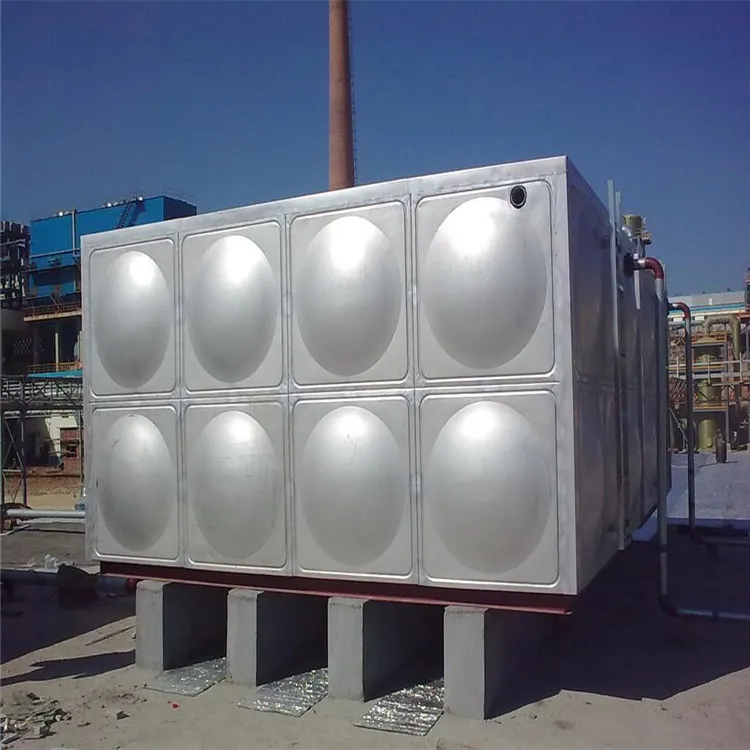loading...
- No. 9, Xingyuan South Street, Dongwaihuan Road, Zaoqiang County, Hengshui, Hebei, China
- admin@zjcomposites.com
- +86 15097380338
- Welcome to visit our website!
frp handrails
The Importance of FRP Handrails in Modern Architecture
In the realm of modern architecture and construction, the significance of safety and durability cannot be understated. One material that has emerged as a revolutionary solution is Fiberglass Reinforced Plastic (FRP). Among its many applications, FRP handrails have garnered considerable attention for their strength, longevity, and aesthetic appeal. This article explores the advantages of FRP handrails and their growing popularity in various settings.
Strength and Durability
FRP handrails are renowned for their exceptional strength-to-weight ratio. Composed of a polymer matrix reinforced with fiberglass, these handrails can withstand harsh environmental conditions without succumbing to corrosion or degradation. Unlike traditional materials such as wood or metal, which can warp, rust, or rot, FRP handrails maintain their structural integrity over time. This makes them ideal for a wide range of applications, including industrial facilities, residential buildings, and outdoor environments.
Safety Features
Safety is a paramount concern in any architectural design, especially in commercial and public spaces. FRP handrails provide a slip-resistant surface, which significantly reduces the risk of accidents. Additionally, their lightweight nature ensures easy installation while maintaining compliance with safety standards. With a variety of design options available, including different heights and styles, FRP handrails can be customized to meet specific safety requirements without compromising on aesthetics.
Environmental Benefits
frp handrails

As the world becomes increasingly aware of environmental issues, the demand for sustainable building materials has surged. FRP handrails are often made from recycled materials, making them a sustainable choice for eco-conscious builders and designers. Furthermore, these handrails are resistant to chemical exposure and do not release harmful substances into the environment, contributing to a healthier ecosystem.
Aesthetic Appeal
Beyond their functional advantages, FRP handrails offer significant aesthetic flexibility. Available in a variety of colors, textures, and finishes, they can seamlessly complement any architectural style. Whether it’s a sleek modern design or a more traditional appearance, FRP handrails can enhance the overall look of a space while providing essential safety features. The ability to mimic other materials, such as wood or metal, allows designers to achieve the desired aesthetic without sacrificing the benefits of FRP.
Cost-Effectiveness
While the initial investment in FRP handrails may be higher than traditional materials, their long lifespan and minimal maintenance requirements translate into cost savings over time. Property owners can avoid the frequent repairs and replacements associated with other materials, making FRP a smart financial decision in the long run.
Conclusion
In summary, FRP handrails represent a significant advancement in the construction industry, combining strength, safety, sustainability, and aesthetic versatility. As architects and builders continue to prioritize innovative solutions in their designs, it is likely that FRP handrails will play an increasingly prominent role in creating safe, durable, and visually appealing spaces. Embracing this modern material not only enhances the functionality of structures but also contributes to a more sustainable future in architecture.
-
The Rise of FRP Profiles: Strong, Lightweight, and Built to LastNewsJul.14,2025
-
SMC Panel Tanks: A Modern Water Storage Solution for All EnvironmentsNewsJul.14,2025
-
GRP Grating: A Modern Solution for Safe and Durable Access SystemsNewsJul.14,2025
-
Galvanized Steel Water Tanks: Durable, Reliable, and Ready for UseNewsJul.14,2025
-
FRP Mini Mesh Grating: The Safer, Smarter Flooring SolutionNewsJul.14,2025
-
Exploring FRP Vessels: Durable Solutions for Modern Fluid HandlingNewsJul.14,2025
-
GRP Structures: The Future of Lightweight, High-Performance EngineeringNewsJun.20,2025
